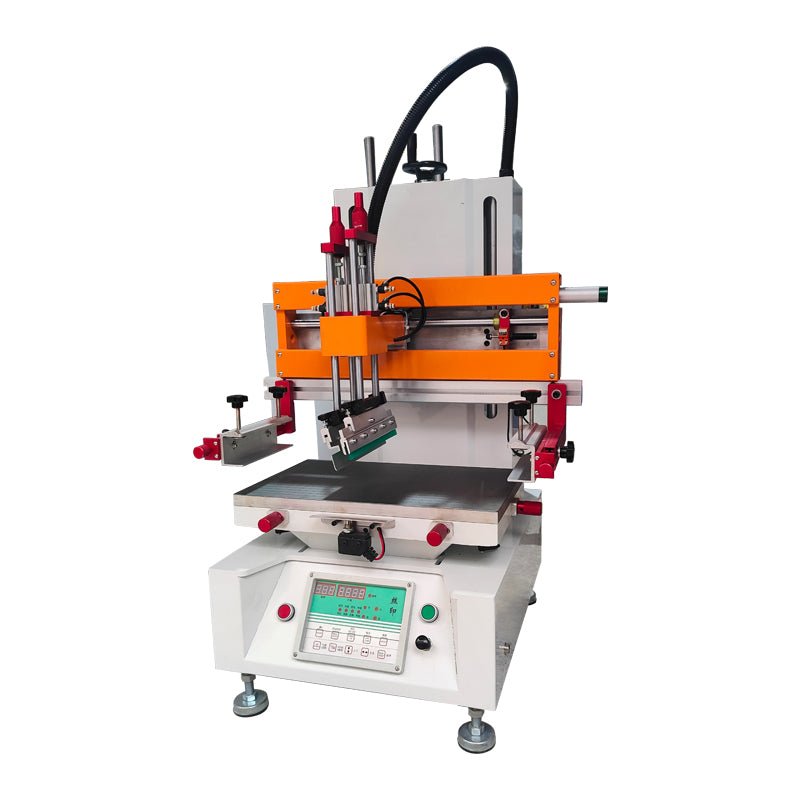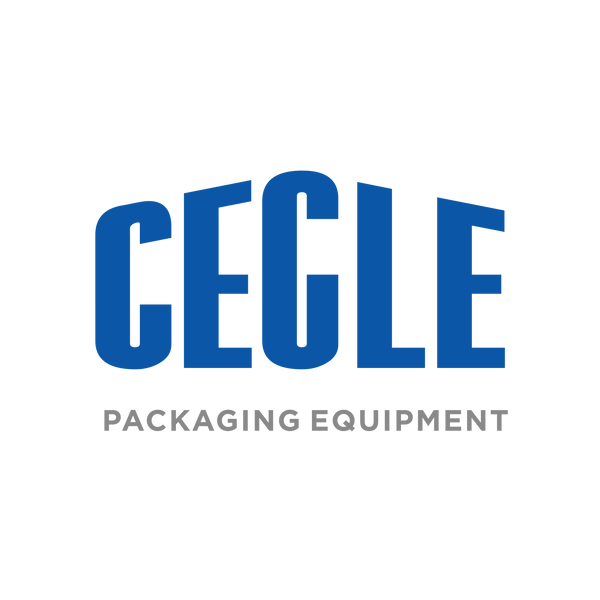
What is a Semi-Automatic Flat Screen Printing Machine?
Share
I. Core Working Principle: Semi-Automatic Collaboration Based on "Screen Stencil Leakage Printing"
Its printing logic follows the basic principle of screen printing (using pressure to push ink through the graphic area of the screen stencil onto the substrate surface). However, it replaces the low-precision, labor-intensive steps of manual operation with mechanical structures. The specific process is as follows:
- Manual Preparation: The operator manually places the workpiece to be printed (e.g., plastic cards, glass lenses) on the machine’s "worktable positioning fixture" to ensure the workpiece is fixed in place (preventing printing misalignment).
- Stencil Alignment: The machine uses preset mechanical stops or simple photoelectric devices to automatically align the screen stencil (pre-made with graphics) with the printing area of the workpiece. This step requires no manual adjustment and offers far higher precision than manual alignment.
- Automatic Ink Scraping: Driven by a motor or air cylinder, the machine’s "squeegee" moves across the surface of the screen stencil at a constant pressure and speed. First, it spreads ink evenly over the stencil, allowing ink to leak through the graphic area onto the workpiece. Then, the "floodbar" moves in the reverse direction to scrape excess ink back to one end of the stencil, completing one printing cycle.
- Manual Unloading: After printing, the operator manually removes the printed workpiece from the worktable and places a new workpiece to be printed, starting the next cycle.
II. Core Structure: Key Components Determining Printing Precision and Efficiency
The structure of a semi-automatic flatbed screen printing machine is designed around "accurate alignment" and "stable ink scraping," mainly consisting of 5 core modules:
| Component Name | Core Function |
|---|---|
| Machine Frame | The supporting framework of the entire machine, which must have high strength (to avoid printing misalignment caused by vibration during operation). It is usually made of welded steel. |
| Worktable | The platform for placing workpieces, equipped with positioning fixtures (e.g., suction cups, stoppers, locating pins) to ensure the workpiece is placed in the same position every time. |
| Stencil Frame (Plate Device) | A frame for fixing the screen stencil. It can calibrate the relative position of the stencil and the workpiece via fine-tuning knobs (X/Y/Z axes) to ensure alignment precision. |
| Scraping System | Comprises a squeegee, floodbar, and drive mechanism (air cylinder or servo motor). It controls the scraping pressure, speed, and stroke, which determine ink thickness and printing uniformity. |
| Control System | Composed of buttons, a touchscreen (for some high-end models), and relays/PLCs. It is used to set printing parameters (e.g., scraping speed, pressure), start/stop the machine, and some models support counting (to track the number of printed pieces). |
III. Core Characteristics of "Semi-Automatic": Advantages
Advantages: Suitable for Small-to-Medium Batch Production with High Cost-Effectiveness
- Higher Precision Than Manual Operation: The machine automatically controls scraping pressure and stencil alignment, avoiding issues like "uneven force" and "alignment deviation" in manual operation. Printed patterns are clearer with neater edges (precision typically ranges from ±0.1mm to ±0.3mm).
- Moderate Efficiency: Compared to manual screen printing tables (50–100 pieces per hour per person), semi-automatic models improve efficiency by 3–5 times (200–500 pieces per hour) and do not require professional operators (simple training is sufficient for operation).
- Controllable Cost: The unit price is much lower than that of fully automatic screen printing machines (usually 1/5 to 1/3 of fully automatic models). It also has a small footprint (most models measure approximately 1m × 0.8m × 1.2m), making it suitable for small-to-medium factories or startup teams.
- Strong Versatility: By replacing worktable fixtures and screen stencils, it can adapt to flat workpieces of different sizes and materials (from business card-sized cards to A3-sized sheets) without the need to replace the entire machine.
IV. Typical Application Scenarios: Adapting to "Small-to-Medium Batch, Multi-Category" Flat Printing Needs
Due to its "flexible and cost-effective" features, semi-automatic flatbed screen printing machines are widely used in the following fields:
- Packaging Printing: Logo/pattern printing on paper boxes, gift boxes, and graphic printing on plastic packaging (e.g., cosmetic bottle labels, food packaging boxes).
- Electronics Industry: Printing of circuit identifiers on PCB boards, logos or textures on mobile phone/tablet casings, and parameter printing on battery casings.
- Daily Necessities and Crafts: Pattern printing on glass cups, colored patterns on plastic toys, ink-filling printing after text/logo etching on metal nameplates, and printing on stationery (notebook covers, folder patterns).
- Advertising and Signage: Printing on acrylic signs, metal indicator signs, and small-batch custom advertising posters.

